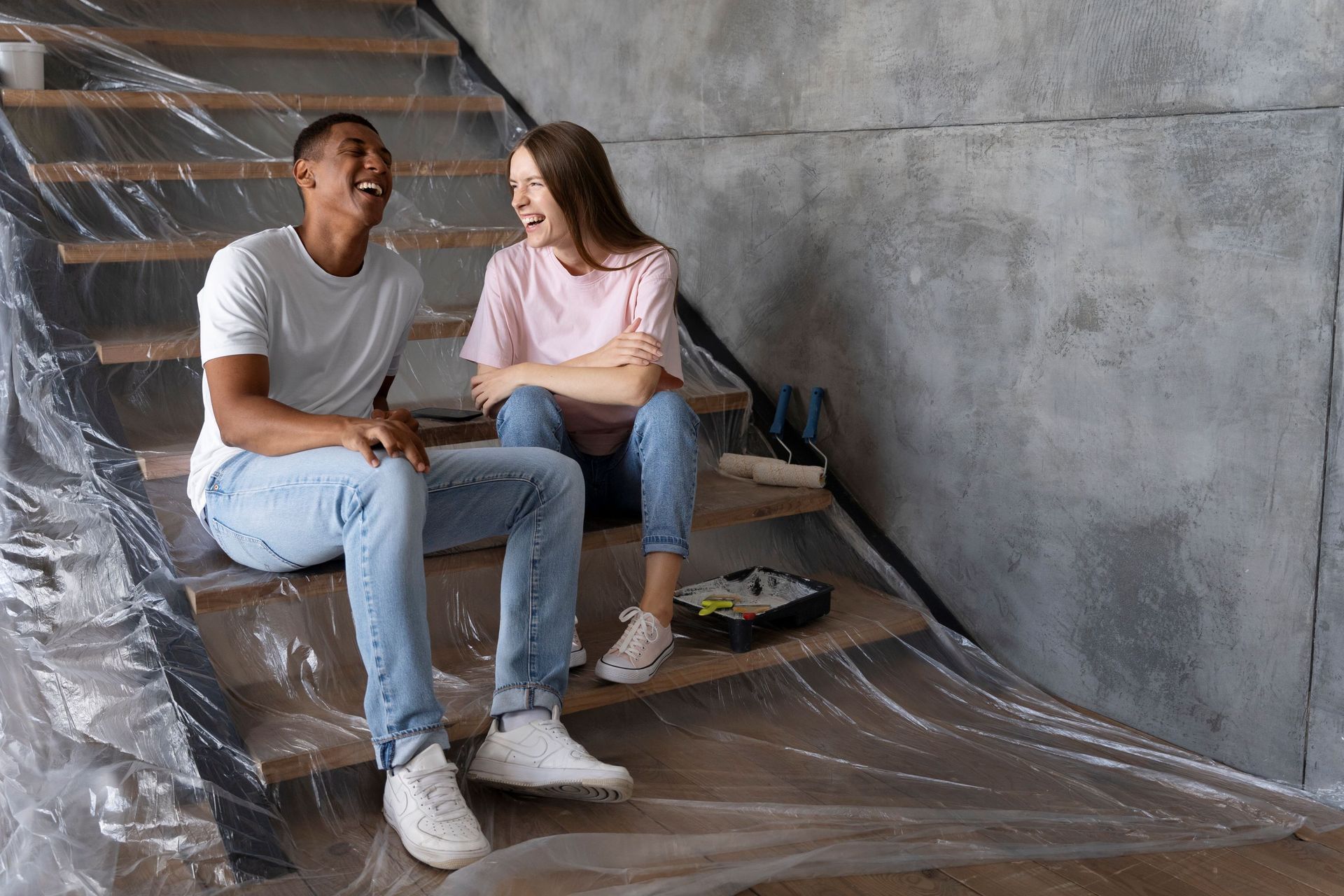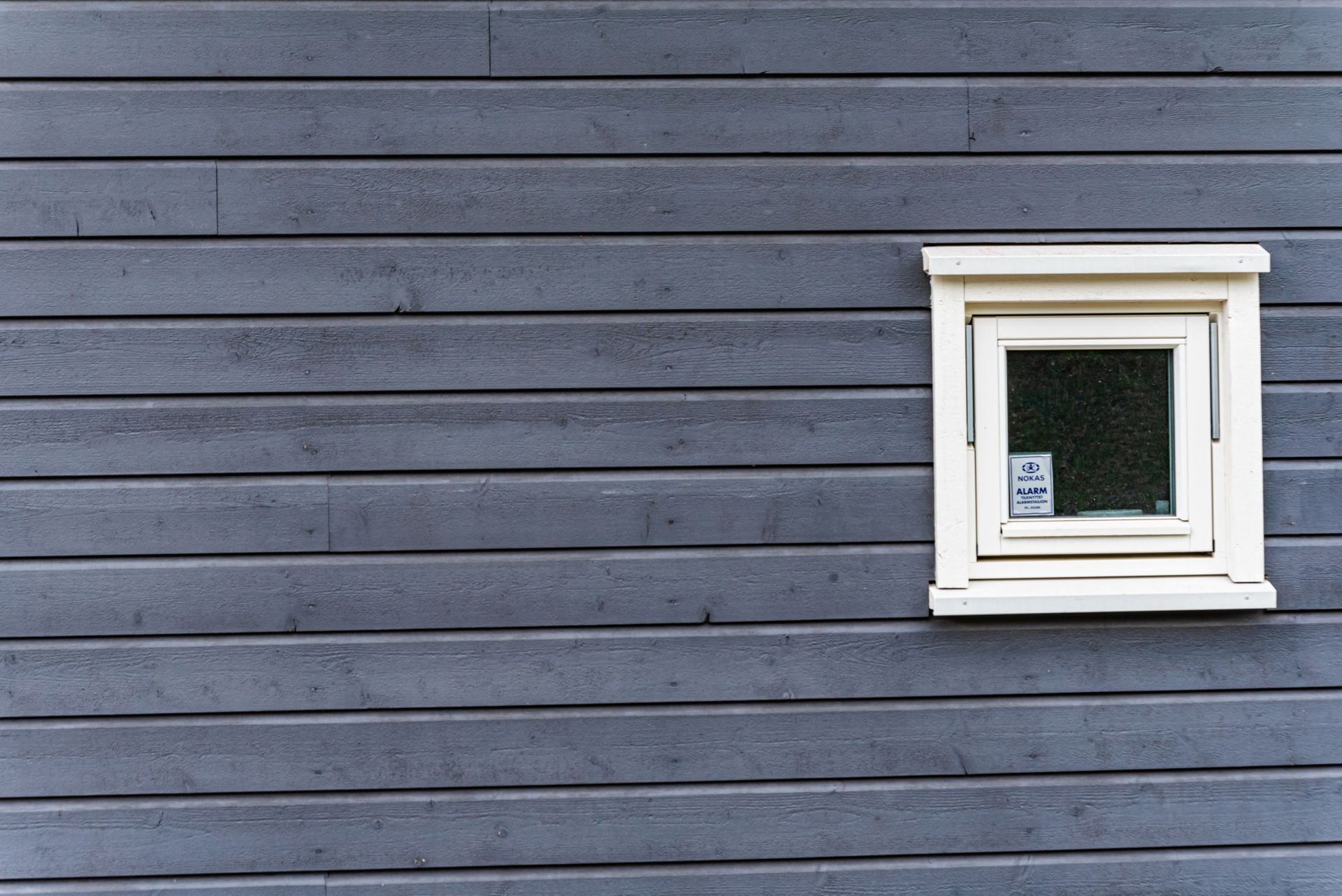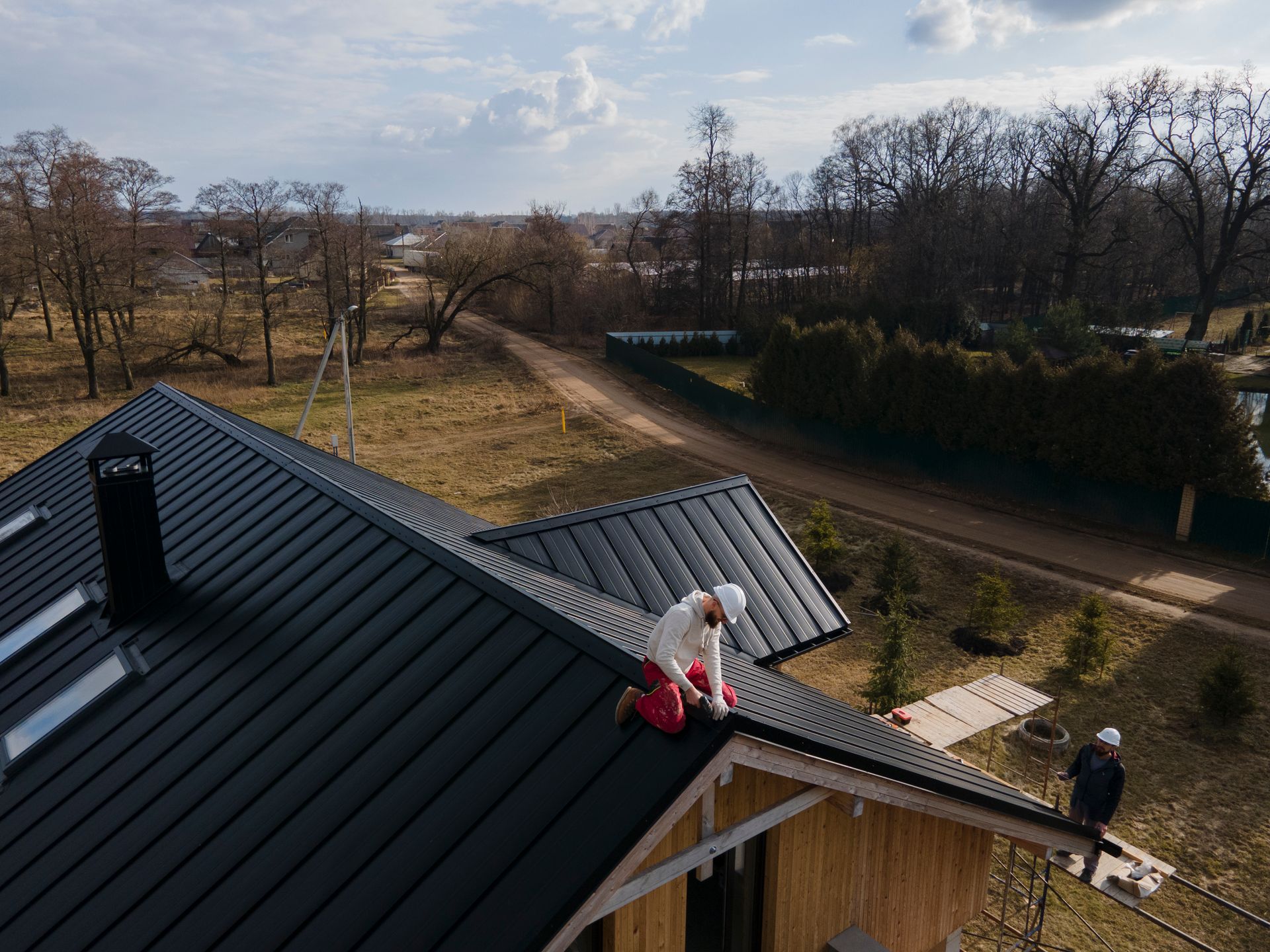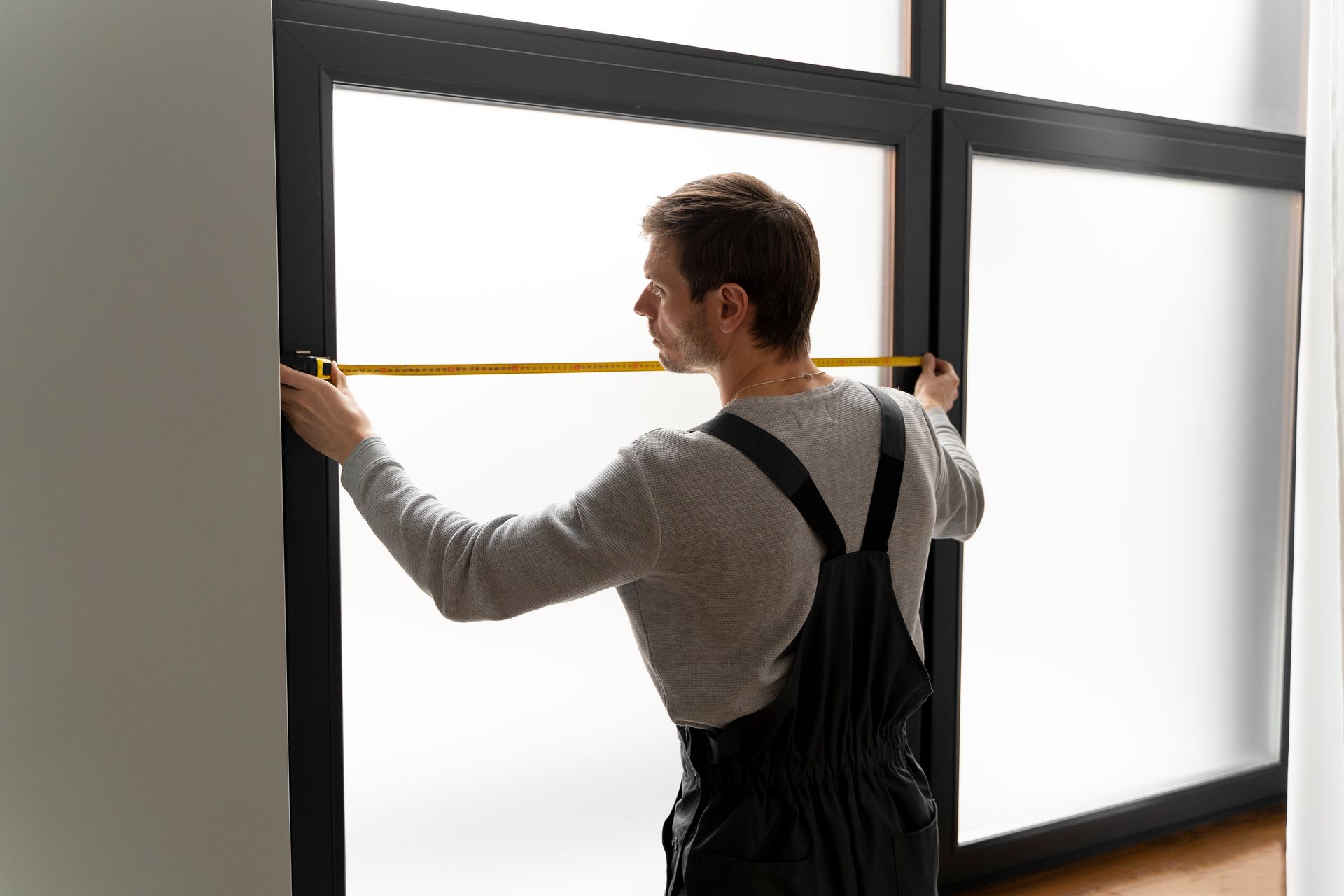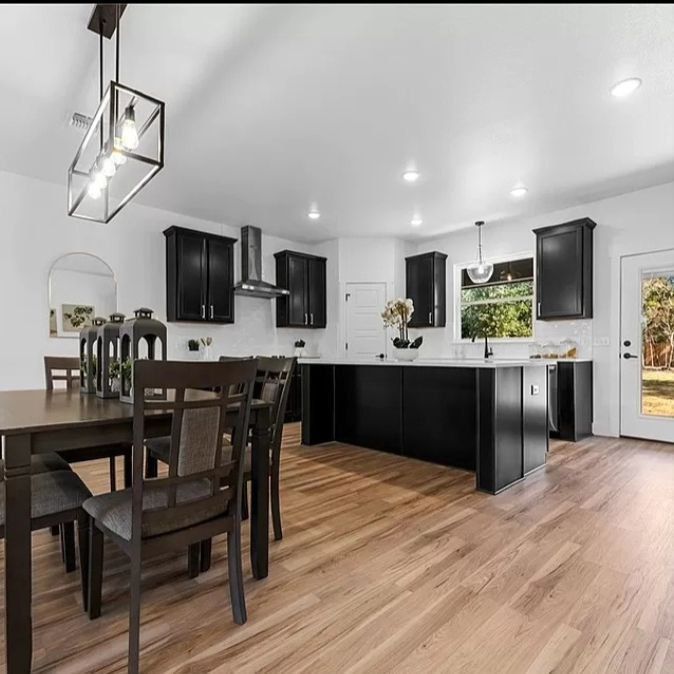How to Choose the Best Siding Color for Your Home’s Architecture?
Choosing the right siding color for your home is more than just a matter of personal taste. It’s a decision that can significantly impact your home’s curb appeal and its harmony with the surrounding environment. The best siding color enhances the architectural style of your home, complements its environment, and adds to its overall value. Here’s a comprehensive guide to help you select the perfect siding color for your home’s architecture.
1. Consider Your Home’s Architectural Style
The architectural style of your home plays a crucial role in determining the ideal siding color. Each style has distinct characteristics that can be highlighted or complemented with the right color.
- Traditional Styles (Colonial, Victorian, Georgian): Traditional homes often feature classic and subdued colors. For Colonial and Georgian homes, muted tones like soft grays, classic whites, or elegant blues work well. Victorian homes, with their intricate details, benefit from rich and varied colors, such as deep greens, maroons, or even bold combinations like sage and cream.
- Craftsman and Arts & Crafts: These styles are known for their natural and earthy aesthetic. Colors like taupe, deep brown, and forest green align with the organic materials used in these homes. Accent colors can be muted, such as soft rust or muted mustard.
- Modern and Contemporary: Modern homes favor sleek, minimalist designs and often use bold, contrasting colors. Think of dark grays, deep blues, or even stark whites. The focus is on clean lines and simplicity, so choose colors that highlight the architectural elements rather than overwhelm them.
- Mediterranean and Spanish Revival: These styles are characterized by warm, earthy tones. Rich terracotta, sandy beige, and olive green complement the stucco or tile work typical of Mediterranean homes. For a classic look, try shades of cream or warm beige.
2. Evaluate Your Home’s Surroundings
The color of your home should harmonize with its environment. Consider the landscape, nearby structures, and neighborhood aesthetics when choosing a siding color.
- Natural Surroundings: If your home is surrounded by lush greenery or wooded areas, choose colors that blend with the natural landscape. Earthy tones like moss green or taupe can help your home blend seamlessly into its surroundings. In more arid or desert-like environments, sandy beige, terracotta, or muted ochre can reflect the natural palette.
- Neighborhood Context: Take note of the colors used on neighboring homes. While you don’t have to match them, it’s important to avoid colors that clash or stand out too starkly. Opt for a color that complements the neighborhood while still reflecting your personal style.
- Climate Considerations: Lighter colors often work well in warmer climates as they reflect sunlight and help keep the house cooler. In cooler climates, darker colors can absorb heat and might help in maintaining warmth. Consider how color affects heat absorption and reflectivity based on your local climate.
3. Test Samples Before Committing
Color can look different depending on the time of day and the angle of the light. Before making a final decision, it’s wise to test samples in various conditions.
- Sample Boards: Obtain sample boards of your top choices and place them on your home’s exterior. Observe how they look in different lighting conditions throughout the day. Pay attention to how the color interacts with your home’s architectural details and other elements.
- Digital Tools: Many manufacturers and home improvement websites offer digital tools that let you visualize how different siding colors will look on your home. While these can be helpful, they might not always capture the true color and finish as accurately as physical samples.
4. Consider Long-Term Maintenance
Different siding colors and materials have varying maintenance needs. Darker colors, for example, may show dirt and wear more readily than lighter colors. Be aware of how often you might need to clean or repaint your siding.
- Durability: Choose a color that will age gracefully. Lighter colors often hide dirt and weathering better than dark colors. However, dark colors may offer a more dramatic look and can be less prone to showing minor damage.
- Material Compatibility: Certain materials, like vinyl or fiber cement, have different color options and durability. Ensure that the color you choose is compatible with the siding material and will not require excessive upkeep.
5. Seek Professional Advice
If you’re uncertain about making the right choice, consider consulting with a professional. Many exterior designers and home improvement experts can provide valuable insights into color selection based on your home’s style and environment.
- Design Consultations: Professional designers can offer guidance on color schemes that complement your home’s architecture. They can also provide color samples and suggestions based on current trends and timeless aesthetics.
- Contractor Input: If you’re working with a contractor for siding installation, ask for their recommendations. They often have experience with different colors and materials and can provide practical advice based on their expertise.
6. Consider Future Resale Value
While your personal preferences are important, also consider how your choice might affect the home’s resale value. Neutral colors tend to appeal to a broader range of potential buyers and can make your home more marketable.
- Timeless Choices: Classic colors like shades of gray, beige, and white are generally more appealing to future buyers. These colors are versatile and can complement various architectural styles.
- Market Trends: Stay informed about current trends but balance them with timeless choices. Trends can be fleeting, and choosing a color that stands the test of time is often a safer bet for long-term value.
Conclusion
Choosing the best siding color for your home’s architecture involves a thoughtful approach that considers style, surroundings, and personal preferences. By evaluating your home’s architectural style, testing color samples, and seeking professional advice, you can select a siding color that enhances your home’s beauty and aligns with its environment. Remember, the right color not only boosts your home’s curb appeal but also contributes to its overall value and appeal for years to come.
